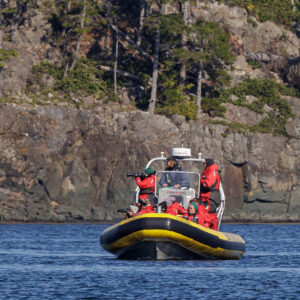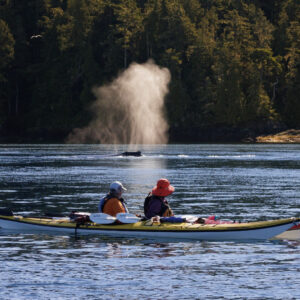Video Credit: West Coast Environmental Law
Creating a
MARINE PROTECTED AREA NETWORK
For over a decade, 17 First Nations and the governments of Canada and BC have been working together to develop the Northern Shelf Bioregion Marine Protected Area (MPA) Network spanning from North Vancouver Island, along the Central and North Coasts, and Haida Gwaii. These partners are now seeking public input on a draft plan for the MPA network.
Developing a well managed MPA network, the first one in Canada, will help to ensure that future generations can benefit from the beauty and bounty of the Great Bear Sea.
Click here for more information and to add your voice.
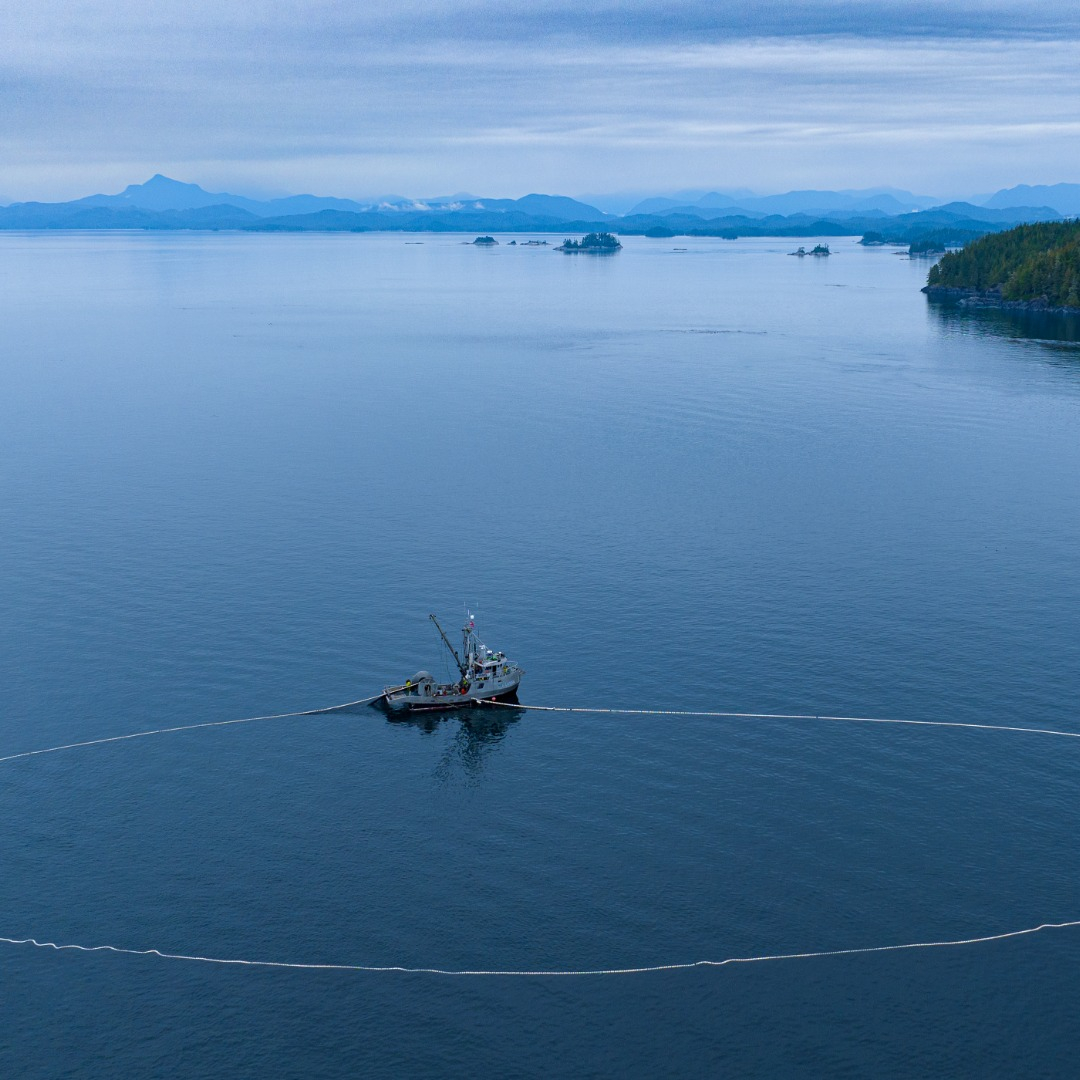
Ocean
UNDER THREAT
A healthy ocean has sustained communities and cultures in the region for thousands of years. But the ocean’s ability to provide for people is under threat more than ever before. These threats include overharvesting, destructive fishing, and pollution, all of which are amplified by climate change.
Marine protected areas can help reduce these threats by managing human activities. These areas act as a refuge where nature has the space it needs to recover, adapt, and thrive.
Click through the subjects to the right for more information on major threats.
Multiple fisheries in BC are struggling due to overharvesting, habitat destruction, climate change and poor management. Declines in species include salmon, herring, rockfish, Dungeness crab, eulachon, kelp and other seaweeds, and northern abalone.
Establishing marine protected areas can provide long-term benefits for fisheries, by helping to rebuild and sustain abundant fish stocks.
Fishing is an integral part of our local and global food systems. Indigenous Peoples have sustainably fished in this region from time immemorial. But some commercial fishing practices can have destructive impacts on marine ecosystems through over-harvesting, by-catch and habitat destruction if not managed properly.
A fishing method of concern is bottom trawling which involves dragging a net across the seafloor to scoop up fish. It has the potential to damage sensitive seabed habitats such as coral and sponge reefs or sea pens. Through a unique agreement between the commercial fishing sector, conservation groups and the federal government, bottom trawl impacts on these sensitive habitats have been reduced in the Great Bear Sea.
Establishing marine protected areas that prohibit bottom-trawling can add an additional layer of protection to ensure important habitats stay intact and productive.
Ocean dumping contaminates the marine environment and can be harmful to humans as well.
- Sewage, both treated and untreated, can cause fecal contamination in the shellfish we eat.
- Greywater, from sinks, showers and washing machines aboard ships – notably cruise ships – promotes algal blooms, creates ocean dead zones, and contains microplastics.
Establishing marine protected areas that prohibit dumping is important for ocean health.
Watch: Help ensure #NoDumping in MPAs means NO to ALL dumping of harmful ship waste.
Climate change is causing the ocean to warm, become more acidic, and low in oxygen. Sea levels are rising across the BC coast, putting communities and marine environments at risk.
Establishing marine protected areas helps to maintain ecosystem functioning, biodiversity and productivity, which enhances the ability of habitats and species to withstand stressors and recover quickly. This makes them more resilient to climate change impacts. Marine protected areas can also help mitigate climate change by protecting habitats, like salt marshes and seagrass beds, that remove and store carbon from the atmosphere.
Existing Marine
PROTECTED AREAS
A marine protected area is a defined area of the ocean that conserves nature by preserving sensitive habitats and reducing threats to marine life. There is no one-size-fits-all when it comes to marine protected areas. Existing protected areas vary in size, the types of human activities permitted, and how they are managed.
This region has a number of existing marine protected areas that provide key protection. A network will connect these sites and amplify the benefits of protection to support ocean health across the region.
Click through the marine protected areas below to learn more.
Haida Gwaii’s Gwaii Haanas National Park Reserve, National Marine Conservation Area Reserve (NMCAR), and Haida Heritage Site protects natural and cultural treasures from mountain top to sea floor. The Gina ‘Waadluxan KilGuhlGa Land-Sea-People Management Plan, which means “talking about everything”, manages Gwaii Haanas as a single, interconnected ecosystem. Managed cooperatively by the Council of the Haida Nation and the Government of Canada, this NMCAR is made up of different management zones, which work together to protect ecological and cultural features, while maintaining viable commercial and recreational activities. Traditional access is maintained throughout Gwaii Haanas.
In June, 2022, the Kitasoo Xai’xais Nation declared the Gitdisdzu Lugyeks (Kitasu Bay) marine protected area. The declaration is in accordance with Kitasoo Xai’xais laws, customs, principles, and values. Near Klemtu on the Central Coast, it will protect tidal lagoons, estuaries, and kelp forests. Seabirds, whales, salmon, herring, and shellfish depend on the area for food and shelter. The management plan weaves together traditional Kitasoo Xai’xais knowledge and management practices with the latest science-based marine research. The waters will continue to be monitored and cared for by the Kitasoo Xai’xais Watchmen, which carry on the work of their ancestors in protecting and managing coastal territories.
In 2017, the Hecate Strait/Queen Charlotte Sound Glass Sponge Reefs Marine Protected Area was established to protect thousands of square kilometers of ancient glass sponge reefs, which are only found off the coast of the Pacific Northwest. This marine protected area restricts activities that may damage the health or functioning of reefs, such as bottom trawling – thus providing a safe refuge for sponges and the species who depend on them. By protecting glass sponge reefs that sequester carbon, the marine protected area also contributes to mitigating climate change.
In 2018, the Scott Islands marine National Wildlife Area was established to protect the highest concentration of breeding seabirds on the Pacific Coast of Canada. This marine protected area is collaboratively managed between Canada, BC, Tlatlasikwala First Nation and Quatsino First Nation.
In November, 2021, the Mamalilikulla First Nation declared the Gwaxdlala/Nalaxdlala1 (Lull Bay/Hoeya Sound) Indigenous Protected and Conserved Area (IPCA) in Knight Inlet on the Central Coast. The 10,416 hectare IPCA contains a unique underwater sponge and coral reef, as well as historical Mamalilikulla settlements and cultural and archaeological sites. The Mamalilikulla First Nation plans to restore its traditional governance approach and take a primary role in the planning, use, management, and restoration of its traditional lands and waters.
In addition to marine protected areas, there are other types of effective conservation measures such as provincial marine parks. The largest marine park, encompassing more than 120,000 hectares of land and sea, is the Hakai Lúxvbálís Conservancy. It is managed under a cooperative agreement between the Haíɫzaqv (Heiltsuk Nation) and the Province of British Columbia.
Another conservation tool used in the region are Rockfish Conservation Areas, which prohibit all fishing activities that impact rockfish species. There are 71 sites across these marine waters that give different species of rockfish a safe space to grow old and large enough to reproduce and replenish their populations.
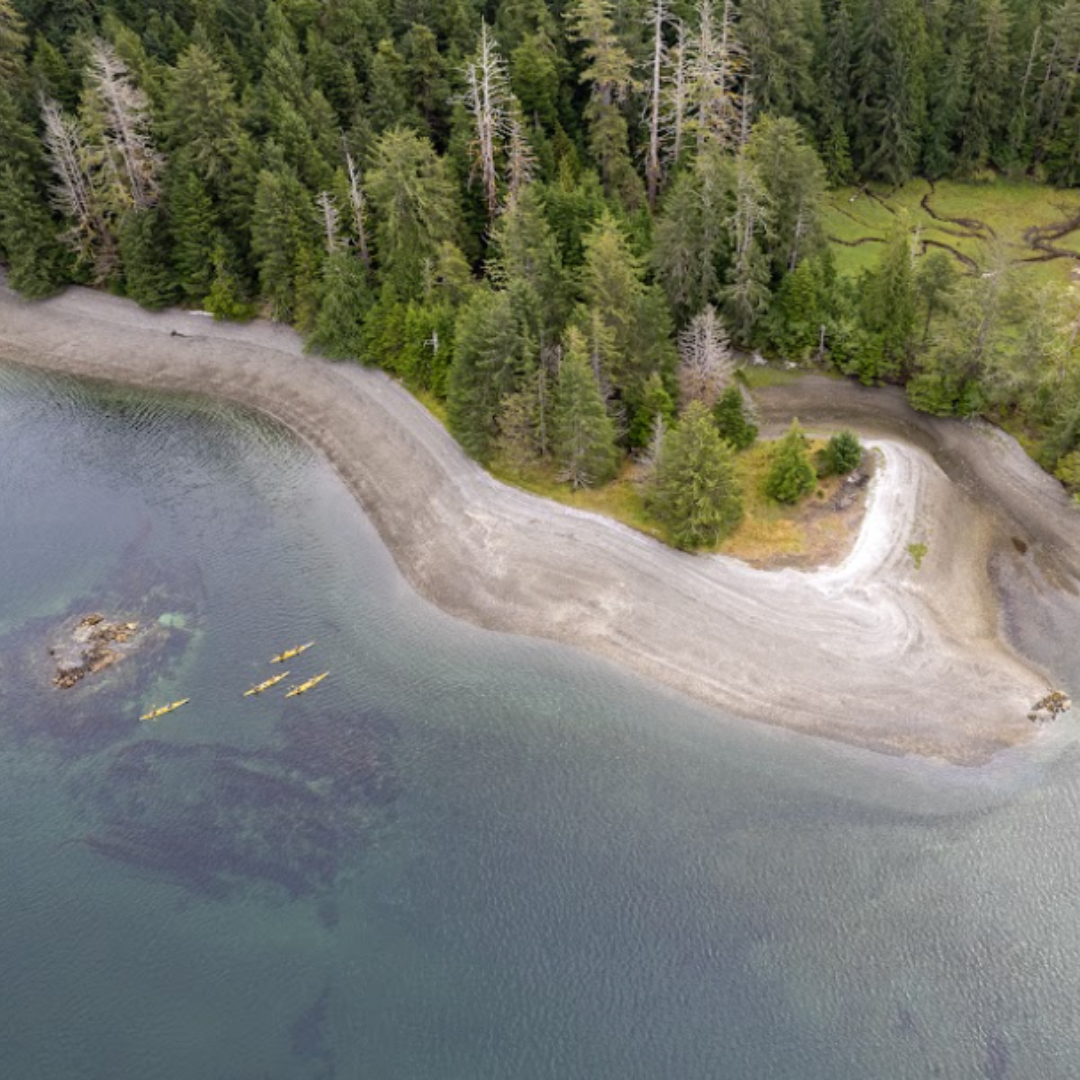
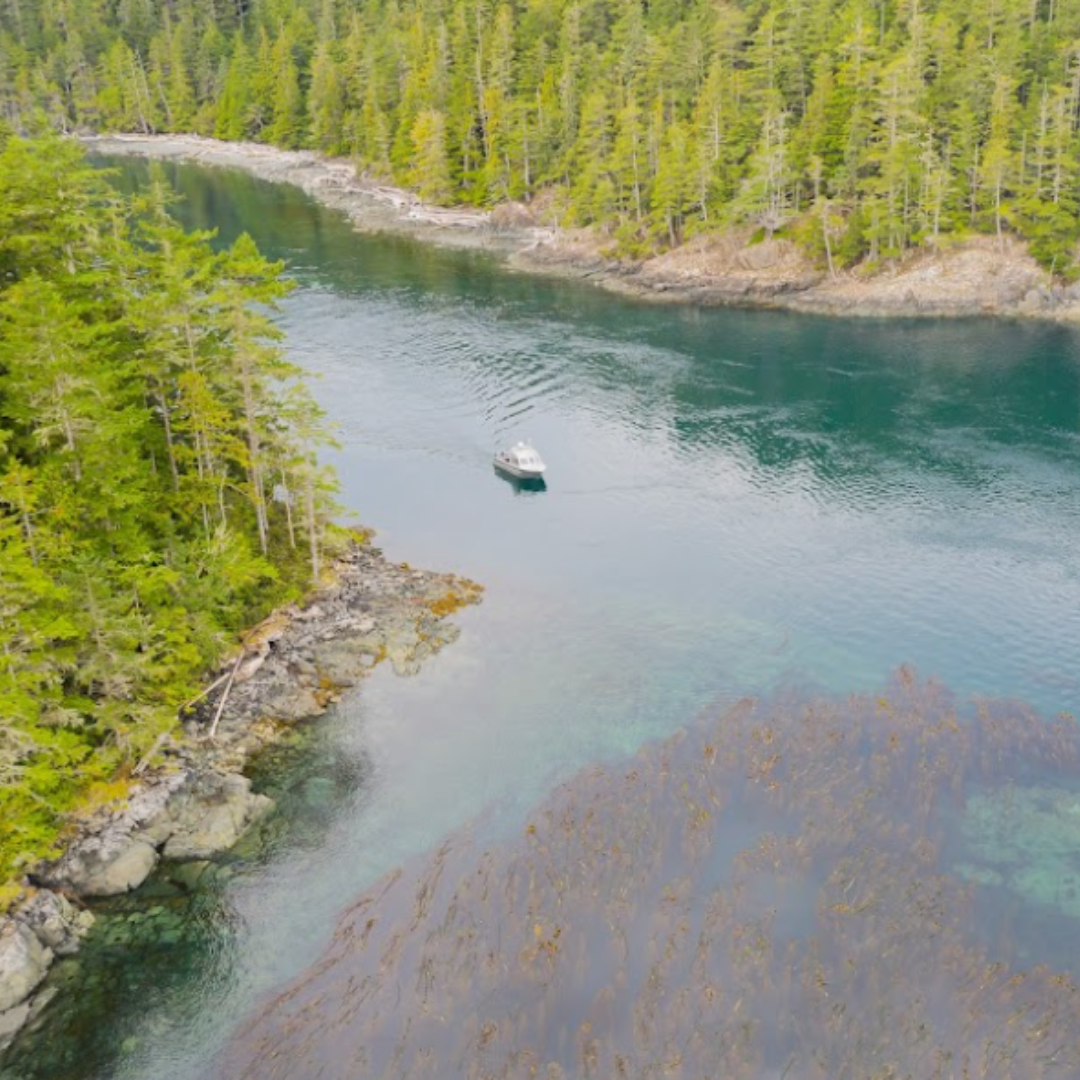
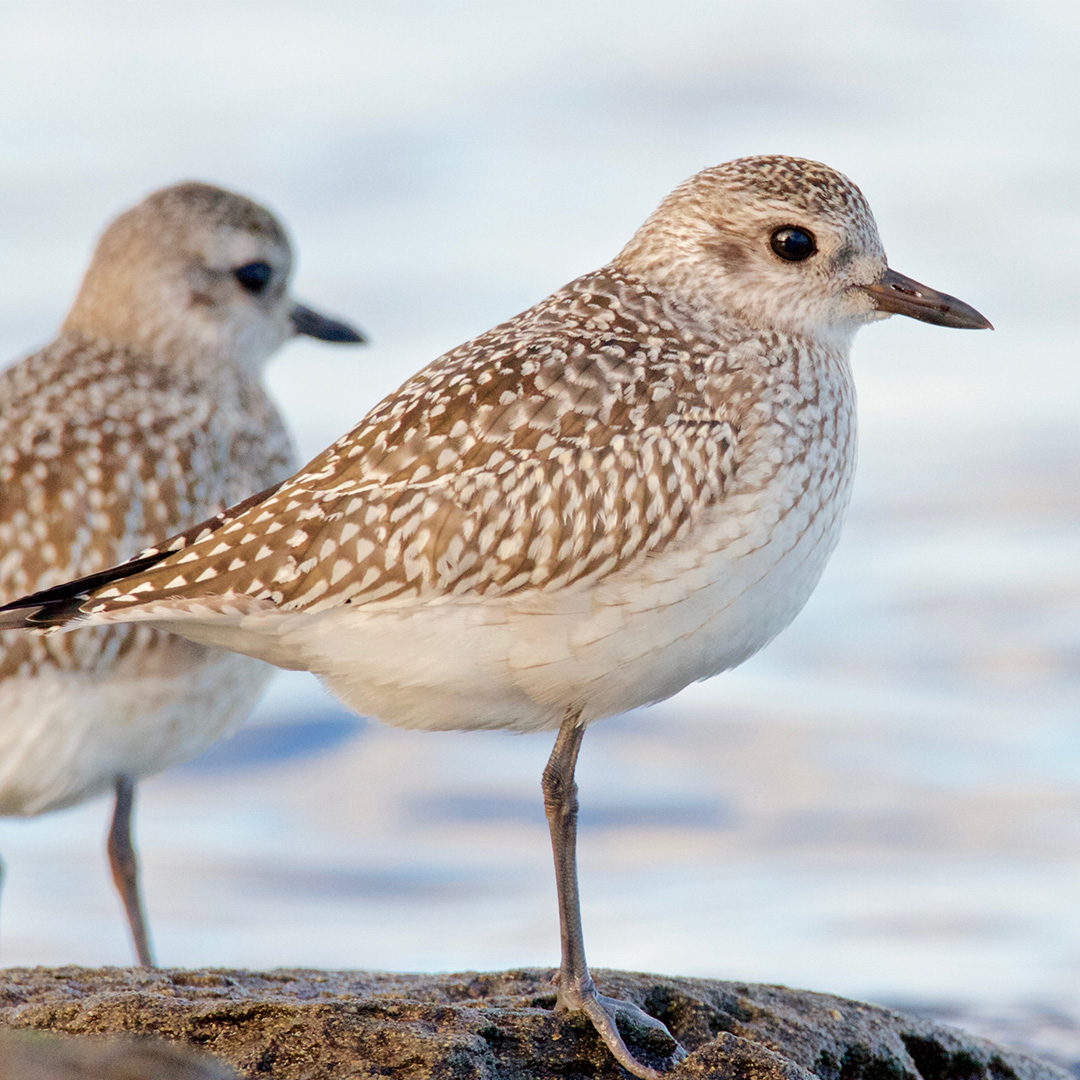
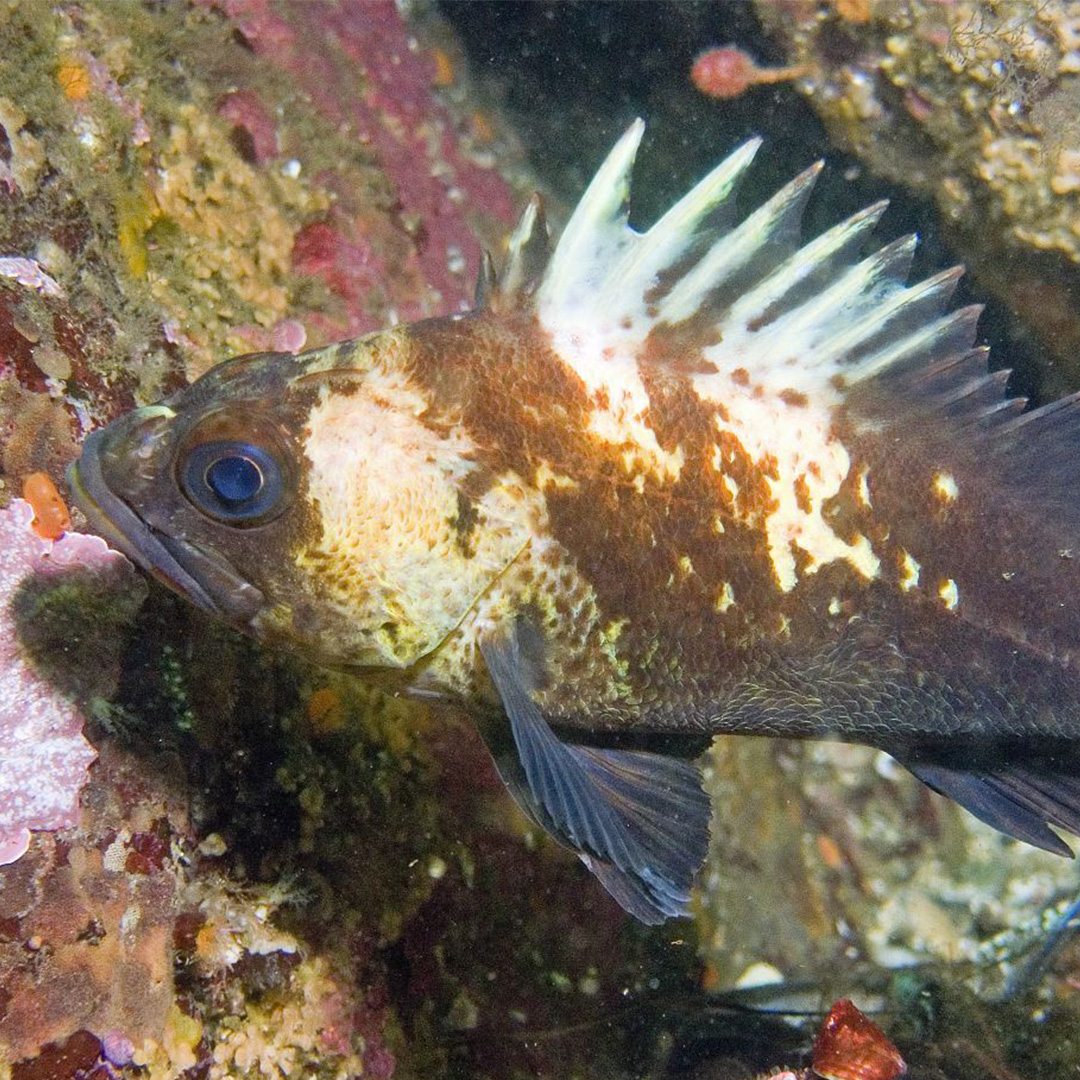
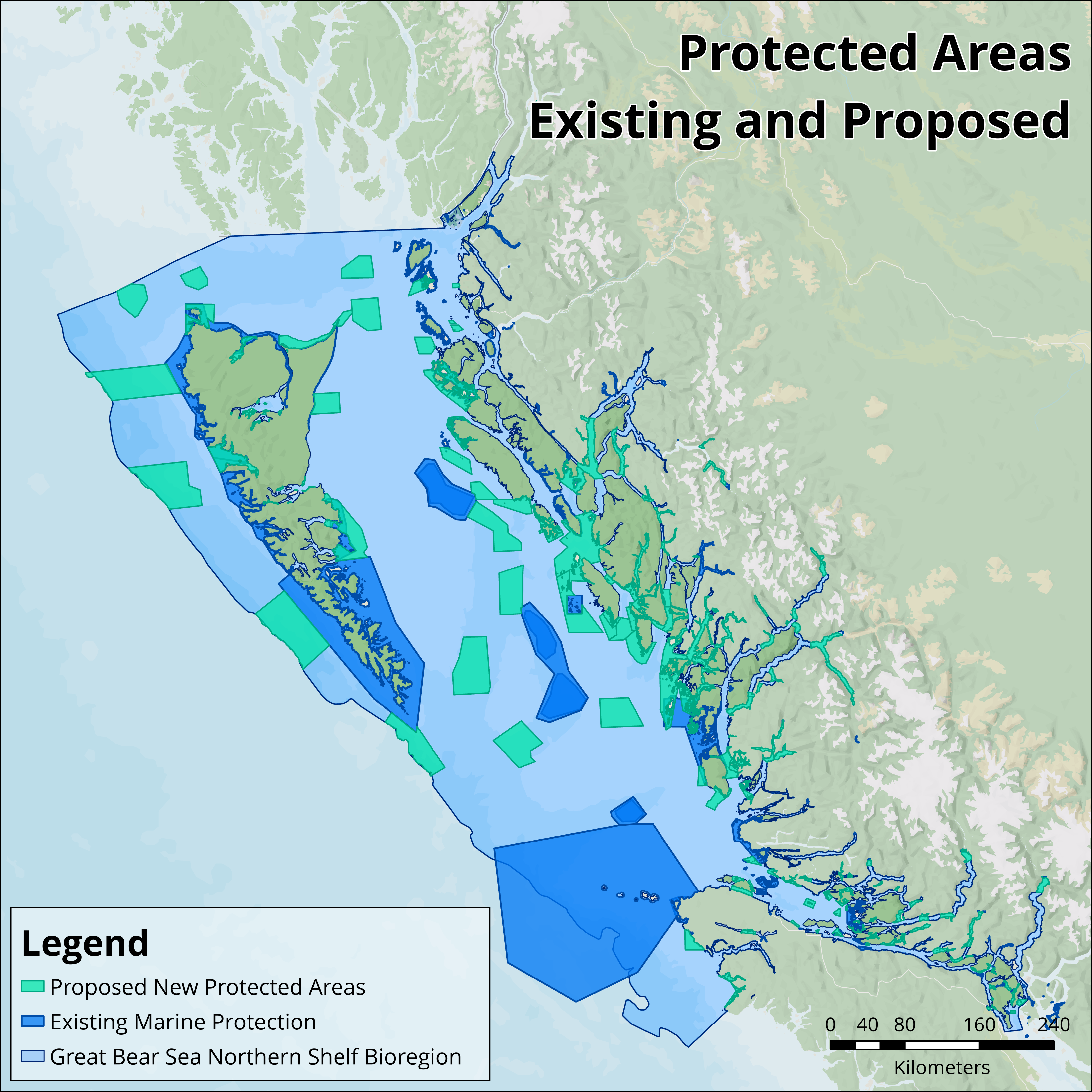
Benefits of
MARINE PROTECTED AREAS
Marine protected areas provide refuge for ocean life to thrive and also benefit people by supporting sustainable industries, local economies, and coastal communities.
Networks of marine protected areas amplify the benefits of single sites by protecting wildlife movement and a wider array of biodiversity.
Marine protected areas are recognized worldwide as an effective tool to protect, maintain and restore ocean health. By limiting harmful human activities, marine protected areas can:
- Provide safe refuges for ocean wildlife, especially endangered species.
- Protect important habitats and ecosystems used by species throughout their life cycle, including breeding grounds, nursery areas, and migratory rest stops.
- Restore damaged habitats and depleted populations.
- Act as an “insurance policy” for marine conservation against unpredictable environmental changes or management failures.
Marine protected areas support abundant fish stocks by offering a refuge where fish can grow larger, live longer and produce more offspring. As numbers of fish in MPAs multiply, some fish and their babies can spill over into neighboring waters where fisheries can reap the rewards. This, in turn, can help in the recovery of depleted fish stocks, supporting local food security and sustainable fisheries in the long-term.
In addition to fisheries, marine protected areas can greatly benefit tourism and related endeavours like recreational activities. That’s because marine protected areas help to preserve or enhance the natural beauty and the abundance of wildlife that attract recreational users and tourists from near and far. Marine protected areas can also create new jobs in marine protected area planning, management, monitoring, research and education.
As the world grows warmer, marine protected areas can help both nature and people by protecting habitats such as salt marshes, seagrass meadows, and kelp forests that both capture carbon (climate change mitigation) and buffer coasts against rising tides and storm surges (climate change adaptation).
Marine protected areas can play a central role in reconciliation and upholding Indigenous rights and laws. To honour, learn and weave knowledge of marine protection through co-governance sets the course for a healthy ocean that supports us all. Ocean resources are the lifeline for coastal First Nations people. Protection and sustainable economic development are the foundation of their marine plans for their territorial waters.
Strong
PROTECTION
Marine protected areas only produce ecological, economic, and social benefits under appropriate design and management conditions. In order for marine protected areas to be an effective conservation tool, emphasis must be placed on proper management and strong protection.
In 2019, Canada committed to implementing “minimum standards” for all new federal marine protected areas. These standards would prohibit dumping, bottom trawling, mining and oil and gas activities. Canada also committed to review existing marine protected areas against these standards. An interdepartmental task force was convened in 2020 to define and operationalize the minimum protection standards to support implementation.


